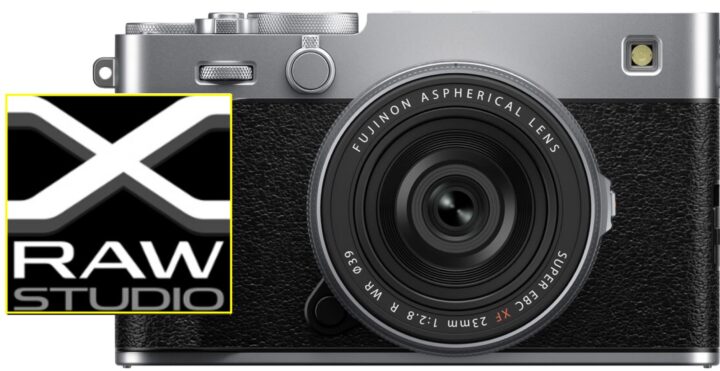TTArtisan AF 14mm f/3.5 Available at BHphoto
The TTArtisan 14mm f/3.5 is now available for purchase also at BHphoto here (it was listed at Amazon here already last month).
The TTArtisan 14mm f/3.5 is now available for purchase also at BHphoto here (it was listed at Amazon here already last month).
Just today major US retailers like BHphoto here and Adorama here have changed the Fujifilm X-E5 shipping date from August 28 to August 14. Other stores, like Moment here still show August 28 at the time of this article, but I guess they’ll change their date soon as well.
The new shipping date is valid for the X-E5 body only and also bundled with the new XF23mmF2.8 lens.
This puts the U.S. in line with Europe, where shipping was always supposed to start August 14.
The more X-E5 units start to ship from Japan/China to USA before August 1st, the better. Everything that is loaded on a ship starting August 1st will be subject to higher tariffs.

Fujifilm X RAW Studio ver. 1.27.0 – access here
The software update Ver. 1.27.0 incorporates the following issues:
Note that Nr.2 and Nr.3 are only for the Mac version.
Sony has just launched the Sony RX1rIII fixed lens camera.
Now, for the full specs comparison (vs X100VI and GFX100RF) you can check out the dedicated BH comparison page. Frankly, I trust B&H more with reliable specs rather than asking AI to do that ;). But let me highlight some RX1rIII specs:
Sony RX1R III
Well, at that price, it makes the Fujifilm GFX100RF look like a bargain, which also has no IBIS or OIS, but offers a 5.76m-Dot EVF, 100 megapixel, weather sealing, joystick and it costs $4,899.
And the Fujifilm X100VI looks like a steal, as you can get it for $1,599 and it comes with IBIS, 3.69m-Dot EVF, hybrid viewfinder, joystick, weather sealing (if used with filter) and 40 megapixel.
The main advantages for the Sony RX1RIII are the autofocus and the f/2 lens, even though that makes the lens bigger which might be a negative for those, who look for ultimate portability.
In my view, the Sony RX1R III is a very welcome and much-needed addition to the fixed-lens camera market. Sony made a smart move by reviving this line, especially given the growing popularity of fixed-lens cameras. That said, I still believe Fujifilm offers the more refined and well-rounded option overall—though the Ricoh GR series remains a compelling and tempting alternative.

MapCamera (one of the largest retailers in Japan) has shared the list of the top 10 selling cameras in June:
The Fujifilm X half wins with a large margin on the second camera and with the charcoal version being the most popular one. Now there is a shortage on X half cameras at MapCamera.
Fujifilm X100VI and X-M5 keep being very popular.
The Fujifilm X-T5 was pushed back into the ranking thanks to a cashback campaign running in Japan.
via mapcamera